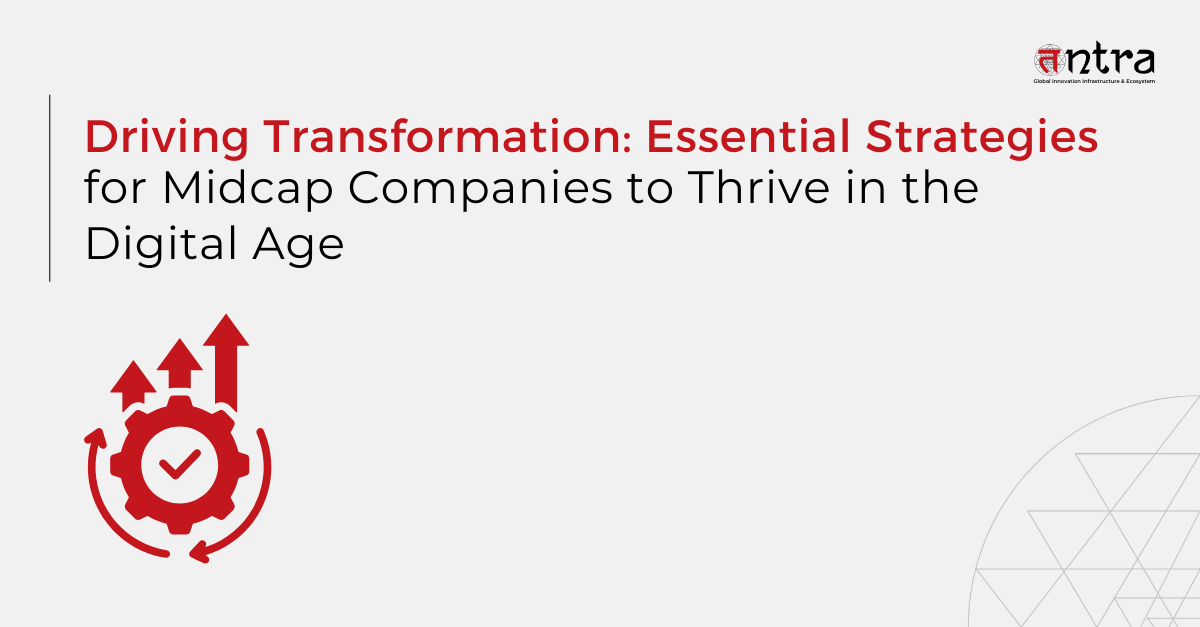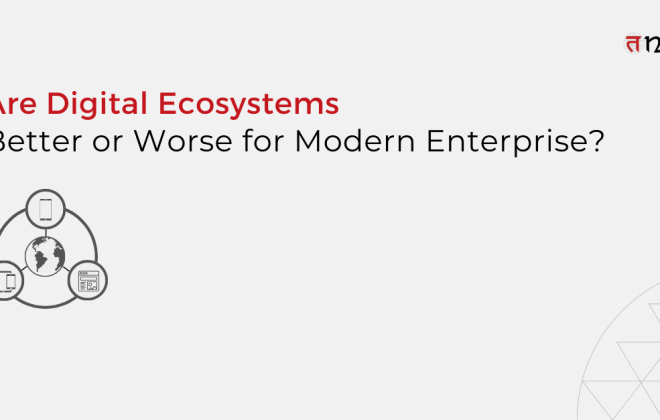
Driving Transformation: Essential Strategies for Midcap Companies to Thrive in the Digital Age
Table of Contents
ToggleMidsize businesses may find digital transformation difficult because of resource constraints, intricate systems, a lack of skilled personnel, and worries about risk management. Businesses should prioritize strategic planning, make wise financial allocations, take process compatibility into account, and make talent development investments in order to overcome these obstacles. Midsize businesses can take advantage of technological improvements and effectively navigate digital transformation by addressing these factors.
Adobe is an American software firm that was formed in 1982. Among their best-selling products are arguably Photoshop (for image editing), Illustrator (for vector-based illustration), and Adobe Acrobat Reader (for viewing and manipulating PDF files).
Under the name Adobe Systems, Adobe used to sell software in boxes. The company took a big gamble by switching from a license-based to a subscription-based business model during the 2008 financial crisis. Three cloud-based solutions—Creative Cloud, Document Cloud, and Experience Cloud—replaced their previous service offering. Consequently, Adobe transformed into a cloud-based enterprise providing software-as-a-service (SaaS).
As part of their digital transition, they also bought a web analytics firm called Omniture and an e-commerce platform called Magento. In addition, the business realized that having the best talent was necessary to accomplish its objectives. To guarantee employee happiness, Adobe makes investments in employer branding, benefits, and work environments that are employee-focused. The company’s performance was also tracked using a data-driven operation paradigm.
A new HR management approach, cloud computing, data-driven operations, a new business model (SaaS), etc. were all part of their digital transformation. Two things are illustrated by Adobe’s example:
- Digitizing a business can provide it a significant competitive advantage.
- Everyone in the company must be impacted by the shift, which will completely overhaul current procedures.
(Source: Quixy)
Digital Transformation Rises for Midsize Companies
By 2025, 60% of the workload for medium enterprises will be done on-premise, predicts Gartner, a good digital transformation strategy. According to a study by SCORE, 77% of small businesses use social media to increase sales, improve customer service, and build brand recognition.
According to a survey, 57% of small business owners believe that in order to maximize their operations, they need to upgrade their IT infrastructure with digital transformation services. According to a statistics survey, 51% of SMEs rely on social media to expand their operations, and 65% of SMEs believe social media is effective for advertising.
A study found that 92% of SMEs think digital transformation is essential to their company’s success.
Digital Transformation Planning for Midsize Companies
For middle-market businesses in particular, business transformation can be very difficult. Common barriers include a lack of resources, pricey and complicated systems, a skills gap in digital technology, and risk management. Nevertheless, these obstacles can be addressed and a successful digital transition with strategic planning can be accomplished. Here are a few things to remember:
- Platform: Are you making a brand-new investment? Or are you simply adding new features to an existing system? In either case, spending more money on data analytics, strategic planning, and innovation will pay off in the long run compared to managing the company day-to-day.
- Budget: Are enough budgets being allocated in the correct ways in light of the limited resources available for investment and potential financial hurdles that may make it harder to get financing given rising interest rates? Return on investment may take longer to realize, depending on the system or systems involved. Think about the trade-offs that might be necessary depending on the top priorities, such as security, productivity, efficiency, analytics, and so on.
- Processes: Do suppliers and customers think the investments are compatible in software product engineering services for transformation? For example, optimizing connectivity and establishing end-to-end supply chain visibility are two more advantages of technology use. Selecting a system only on the basis of price or supplier may not be the best course of action if your downstream and upstream partners are acting differently. Consider what might need to change by mapping important processes.
- People: Does your organization have the necessary digitally savvy employees to assist with the implementation of the technology and then provide ongoing support and management? According to the most recent NCMM Middle Market Indicator poll, more than 90% of businesses reported having a slight to major digital skills gap at the moment. Using digital transformation consulting and implementation partners can assist bridge the gap in the short run, however take time to ponder on the long term acquisition strategy.
- Risk management: As technology advances, there may be new risks. Have you assessed the main threats and created the necessary security protocols to safeguard your most important digital assets? In order to find blind spots or new risks that might not have existed in the previous setup, it might be quite beneficial to work with a reliable partner.
Final Thoughts
Without a doubt, even for huge corporate companies, managing technology change and execution may be difficult in the digital age. But middle-market businesses can embrace change with open minds, a well-thought-out strategy, and the readiness to bring in outside help when necessary. This will position them to reap the majority, if not all, of the rewards of digital transformation and promote increased productivity, teamwork, and expansion in a world where competition is fiercer than ever.
If you are looking for a software product engineering company that can drive digital transformation for your business, Tntra is the right choice.
Contact our experts today!





